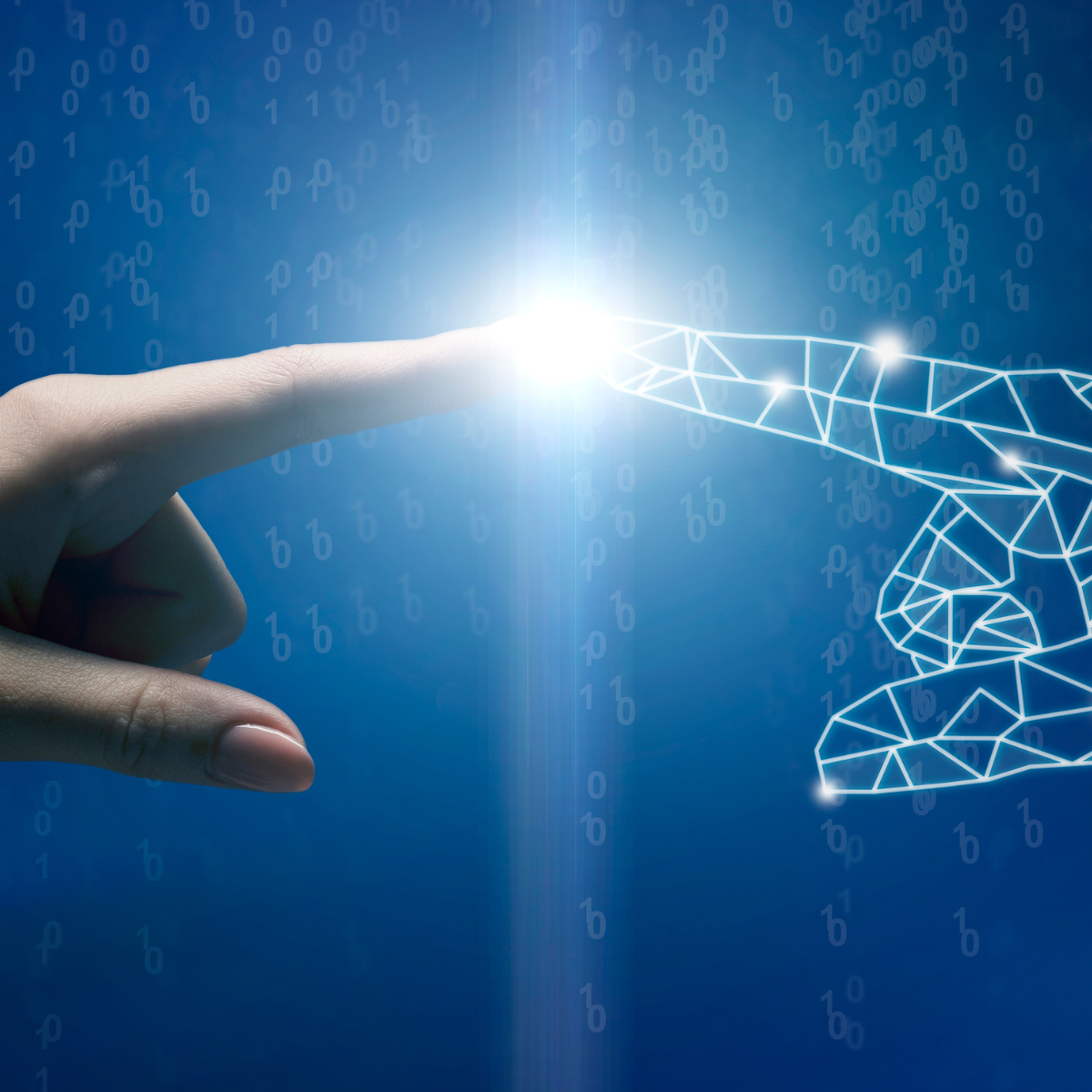
In today’s digitally connected world, cyber-attacks pose an ever-increasing threat for businesses and individuals alike. As more sensitive data and transactions move online, cybercriminals have more opportunities and incentives to hack systems and steal valuable information.
Legacy cybersecurity methods are struggling to keep up with the volume and sophistication of modern hacking techniques. Firewalls, antivirus software, and access controls provide basic protection but lack the intelligence to anticipate unknown threats. Human security teams cannot effectively monitor and analyze huge volumes of data for anomalies.
As cyber-attacks proliferate, organizations need more advanced security capabilities to protect their critical systems and data. This is where artificial intelligence comes in. AI has emerged as a game-changing technology for transforming cybersecurity and stopping threats in real-time.
The exponential growth of data and interconnected networks has made it extremely challenging for traditional security methods to keep pace. Cybersecurity teams simply can’t manually comb through the massive volumes of data effectively to identify threats. This is where artificial intelligence has emerged as a game-changing solution.
AI systems utilize advanced machine learning algorithms to analyze huge datasets and detect anomalies that indicate malicious activity. Rather than relying on rules and signatures, AI is able to process enormous streams of data and recognize patterns and behaviors that may be early signs of an attack. The algorithms continuously improve through experience over time.
For example, by analyzing network traffic and system logs, AI can identify usage that deviates from normal patterns, which could reveal an intruder in the system. AI may detect a device communicating with an unusual IP address or a user accessing data they normally don’t. These outliers often go unnoticed by humans but can be red flags caught by AI.
With the ability to ingest and connect data from across an organization’s entire digital infrastructure, an AI system develops an intuitive understanding of normal behavior. It can quickly identify abnormalities and prioritize the most urgent threats for security teams to investigate. This allows personnel to focus on higher-level analysis instead of manual monitoring tasks.
By leveraging the data processing capabilities and adaptive learning of AI, organizations can gain an intelligent, predictive layer of protection that spots attacks early and responds rapidly. AI is revolutionizing cybersecurity by enabling businesses to stay steps ahead of cybercriminals.
Legacy cybersecurity tools rely on rules and signatures to detect known threats. This leaves organizations vulnerable to new, fast-moving attacks that evade traditional defenses. AI-powered systems take a radically different approach that delivers significant strategic advantages:
Unparalleled Speed and Accuracy
AI analyzes massive volumes of data and detects anomalies in real-time that indicate malicious activity. By understanding normal behavior across users, devices and systems, AI spots the smallest deviations that suggest an emerging threat. This level of pattern recognition far exceeds human capacity and provides unmatched threat visibility. Where legacy tools react after damage is done, AI stops attacks early and preemptively hardens defenses.
Actionable Intelligence for Security Teams
AI doesn’t just generate alerts, it provides context and recommendations to focus response. Security analysts gain high-fidelity detections that cut through noise and zero in on serious risks. Analysts can quickly understand threats, assess priorities, and take targeted action. AI augments human expertise to radically boost productivity.
Proactive Defense
Legacy tools passively monitor for known bad activity defined by IT teams. In contrast, AI adapts in real-time to understand normal behavior and proactively hunt for abnormal events that may indicate malicious intent. This allows organizations to get ahead of threats and dynamically harden their environment. AI systems also self-tune to optimize detection over time. Rather than reacting after the fact, AI systems autonomously identify and defuse risks.
By leveraging the predictive power of AI, organizations gain an intelligent, ever-vigilant defense that blocks advanced threats other solutions miss. AI delivers the next generation of cybersecurity.
Implementing AI and machine learning into an organization’s cybersecurity strategy requires careful planning and consideration. Here is a high-level guide on integrating AI technology to enhance defenses:

With careful planning and testing, organizations can successfully implement AI to make their cybersecurity smarter, faster, and more proactive against emerging threats. The power of AI and machine learning cannot be ignored in the ongoing battle to protect critical systems and data.
AI is revolutionizing cybersecurity by enabling a proactive, predictive approach. Security teams gain an intelligent ally that works tirelessly to spot attacks and provide actionable insights.
Instead of struggling to keep up, organizations can leverage the speed and accuracy of AI to gain the upper hand. By adopting AI-powered solutions, companies can defend their most valuable data and assets while staying one step ahead of cybercriminals.
Unsure how to use AI in your agency? Contact us!